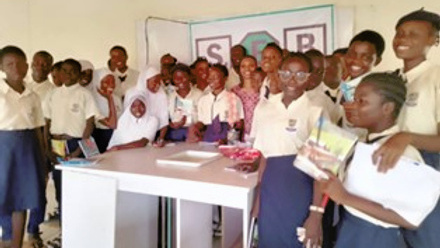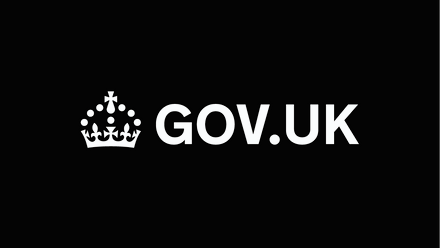Travel Grants to Go: Developing a virtual reality lab
Our bespoke Disease Diagnostics (DD) Virtual Reality app, which simulates qPCR as a diagnostic tool in a virtual lab, has already demonstrated positive impacts on student engagement, confidence, and learning outcomes (Veitch and Donald, 2021; Veitch et al., 2025). The current phase of the project integrates peer-to-peer learning into the virtual reality experience using an asymmetric model: one student actively participates in the virtual reality experience while the other observes and supports, before they then switch roles. This approach aims to foster collaboration, reflection, and deeper learning. The objective of the project is to develop a robust pedagogical framework that leverages virtual reality to support peer learning in skills development.
The SEB Education Grant funded an internship that has provided us with an opportunity to work with a talented PhD student from the School of Education, enhancing the direction of the project in relation to pedagogical approaches.
As an intern, I worked closely with the virtual reality team; attending regular meetings, reviewing literature, analysing data from student questionnaires and focus groups, and helping to develop a new virtual reality peer-to-peer learning framework. This experience allowed me to strengthen both my qualitative and quantitative research skills, improve my communication and teamwork, and gain hands-on experience in collaborative research. Balancing my PhD, teaching, and internship responsibilities was sometimes challenging, but it helped me become more organised and confident in managing multiple tasks. One of the most rewarding and unexpected outcomes was being invited to co-author a research article based on the project findings. This internship inspired me to continue working on research projects that combine innovation and education, and to one day mentor students and interns in the same supportive environment that I experienced.
These outputs will be used to generate a pedagogical framework to enhance peer to peer learning in virtual reality, which will be used in the next phase of this project. Our preliminary findings will inform future iterations and broader implementation within our courses.






